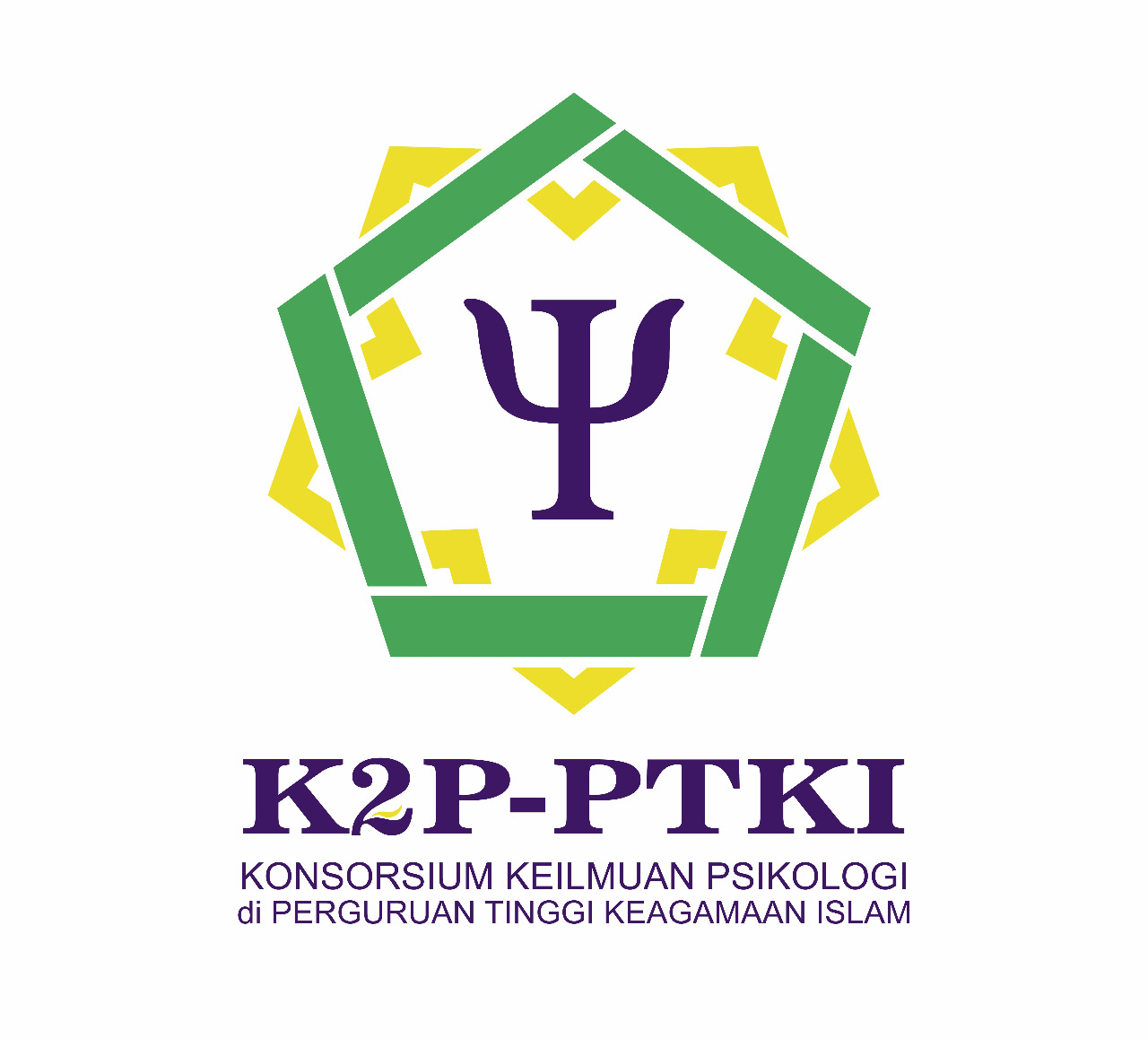Parents' and Teachers' Views about Suitable Future Jobs for Learners with High-Functioning Autism at a Special School
Abstract
Keywords: Autism Spectrum Disorders; Parents; Teachers; High-Functioning Autism; Jobs
Keywords
Full Text:
PDFReferences
Adler, R. H. (2022). Trustworthiness in qualitative research. Journal of Human Lactation, 38(4), 598–602. https://doi.org/10.1177/08903344221116620
AlBatti, T. H., Alsaghan, L. B., Alsharif, M. F., Alharbi, J. S., BinOmair, A. I., Alghurair, H. A., Aleissa, G. A., & Bashiri, F. A. (2022). Prevalence of autism spectrum disorder among Saudi children between 2 and 4 years old in Riyadh. Asian Journal of Psychiatry, 71, 103054. https://doi.org/10.1016/j.ajp.2022.103054
Aliyu, Ahmad, A., Singhry, Musa, I., & Adamu, H. A. M. M. (2015). Ontology, epistemology and axiology in quantitative and qualitative research: Elucidation of the research philophical misconception. Proceedings of The Academic Conference: Mediterranean Publications & Research International on New Direction and Uncommon, July 2017, 2–27. https://www.researchgate.net/publication/318721927
Basias, N., & Pollalis, Y. (2018). Quantitative and qualitative research in business & technology: Justifying a suitable research methodology. Review of Integrative Business and Economics Research, 7(1), 91–105. http://buscompress.com/journal-home.html
Beheshti, S. Z., Hosseini, S. S., Maroufizadeh, S., & Almasi-Hashiani, A. (2022). Occupational performance of children with autism spectrum disorder and quality of life of their mothers. BMC Research Notes, 15(1), 18. https://doi.org/10.1186/s13104-021-05890-4
Bhangu, S., Provost, F., & Caduff, C. (2023). Introduction to qualitative research methods - Part i. Perspectives in Clinical Research, 14(1), 39–42. https://doi.org/10.4103/picr.picr_253_22
Bowen, G. A. (2009). Document analysis as a qualitative research method. Qualitative Research Journal, 9(2), 27–40. https://doi.org/10.3316/QRJ0902027
Braun, V., & Clarke, V. (2013). Successful qualitative research: A practical guide for beginners. QMiP Bulletin (Vol. 1, Issue 21). Sage. Publications Inc. https://doi.org/10.53841/bpsqmip.2016.1.21.48
Braun, V., Clarke, V., Boulton, E., Davey, L., & McEvoy, C. (2021). The online survey as a qualitative research tool. International Journal of Social Research Methodology, 24(6), 641–654. https://doi.org/10.1080/13645579.2020.1805550
Clavenna-Deane, B. A. (2010). Using a social communication intervention to improve the social interactions and employment experiences of adolescents with high functioning autism spectrum disorders. Dissertation.
Creswell, J. W., & Poth, C. N. (2018). Qualitative Inquiry and Research design choosing among five approaches (4th ed.). Sage Publications.
Das, M. B., & Devi, T. (2023). Qualitative research paradigms in social work. Journal of Social Work Education and Practice, 8(1), 1-8 WE-Emerging Sources Citation Index (ESCI). https://www.jswep.in/index.php/jswep/article/view/1
Davies, J., Romualdez, A. M., Pellicano, E., & Remington, A. (2024). Career progression for autistic people: A scoping review. In Autism. https://doi.org/10.1177/13623613241236110
Del Corso, J., & Rehfuss, M. C. (2011). The role of narrative in career construction theory. Journal of Vocational Behavior, 79(2), 334–339. https://doi.org/10.1016/j.jvb.2011.04.003
Egilson, S. T., Jakobsdóttir, G., & Ólafsdóttir, L. B. (2018). Parent perspectives on home participation of high-functioning children with autism spectrum disorder compared with a matched group of children without autism spectrum disorder. Autism, 22(5), 560–570. https://doi.org/10.1177/1362361316685555
Enworo, O. C. (2023). Application of Guba and Lincoln’s parallel criteria to assess trustworthiness of qualitative research on indigenous social protection systems. Qualitative Research Journal, 23(4), 372–384. https://doi.org/10.1108/QRJ-08-2022-0116
Fujino, H., & Sato, N. (2022). Career path support for special needs students with social, emotional, and behavioural difficulties in middle school in Japan: a qualitative study. Humanities and Social Sciences Communications, 9(1), 1–8. https://doi.org/10.1057/s41599-022-01319-w
Ghirardi, L., Kuja-Halkola, R., Butwicka, A., Martin, J., Larsson, H., D’Onofrio, B. M., Lichtenstein, P., & Taylor, M. J. (2021). Familial and genetic associations between autism spectrum disorder and other neurodevelopmental and psychiatric disorders. Journal of Child Psychology and Psychiatry and Allied Disciplines, 62(11), 1274–1284. https://doi.org/10.1111/jcpp.13508
Grandin, T. (2006). Perspectives on education from a person on the autism spectrum. Educational Horizons, 84(4), 229–234. http://eric.ed.gov/?id=EJ750625
Harris, J. (2018). Leo Kanner and autism. 75-year perspective. International Review of Psychiatry, 30(1), 3–17. https://doi.org/10.1080/09540261.2018.1455646
Heinze, M. (2019). Perceptions of vocational education training specialists and employers of adults with autism spectrum disorder. Portfolios and Projects, 325. https://spiral.lynn.edu/etds/325.
Kapp, S. K. (2023). Profound concerns about “profound autism”: Dangers of severity scales and functioning labels for support needs. Education Sciences, 13(2), 106. https://doi.org/10.3390/educsci13020106
Mohd Arifin, S. R. (2018). Ethical considerations in qualitative study. International Journal of Care Scholars, 1(2), 30–33. https://doi.org/10.31436/ijcs.v1i2.82
Morris-Rosendahl, D. J., & Crocq, M. A. (2020). Neurodevelopmental disorders-the history and future of a diagnostic concept. Dialogues Clinical Neuroscience, 22(1), 65–72. https://doi.org/10.31887/DCNS.2020.22.1/macrocq
Mushambi, C., Diale, B., Sefotho, M. M., & Eseadi, C. (2024). Exploring obstacles experienced by learners with high-functioning autism in pursuing careers in sports. Bulletin of Counseling and Psychotherapy, 6(1), 1–21. https://doi.org/10.51214/00202406630000
Nazeer, A., Hashemi, N., Imran, N., & Azeem, M. W. (2019). Autism spectrum disorder: A concept in evolution. Psychiatric Annals, 49(3), 103–108. https://doi.org/10.3928/00485713-20190207-01
Neary, P., Gilmore, L., & Ashburner, J. (2015). Post-school needs of young people with high-functioning Autism Spectrum Disorder. Research in Autism Spectrum Disorders, 18, 1–11. https://doi.org/10.1016/j.rasd.2015.06.010
Newman, P. A., Guta, A., & Black, T. (2021). Ethical considerations for qualitative research methods during the covid-19 pandemic and other emergency situations: Navigating the virtual field. International Journal of Qualitative Methods, 20, 16094069211047824. https://doi.org/10.1177/16094069211047823
Nitzberg, D. (2020). My journey as a student and musician with high-functioning autism. Antistasis, 10(2), 1–6. https://journals.lib.unb.ca/index.php/antistasis/article/view/31282
Olmos-Vega, F. M., Stalmeijer, R. E., Varpio, L., & Kahlke, R. (2023). A practical guide to reflexivity in qualitative research: AMEE Guide No. 149. Medical Teacher, 45(3), 241–251. https://doi.org/10.1080/0142159X.2022.2057287
Ozdemir, N. K., & Koç, M. (2023). Career adaptability of parents of children with autism spectrum disorder. Current Psychology, 42(17), 14320–14333. https://doi.org/10.1007/s12144-021-02649-9
Parker, E. C. (2016). The experience of creating community: An intrinsic case study of four midwestern public school choral teachers. Journal of Research in Music Education, 64(2), 220–237. https://doi.org/10.1177/0022429416648292
Porter, M., Sugden-Lingard, S., Brunsdon, R., & Benson, S. (2023). Autism spectrum disorder in children with an early history of paediatric acquired brain injury. Journal of Clinical Medicine, 12(13). https://doi.org/10.3390/jcm12134361
Pyo, J., Lee, W., Choi, E. Y., Jang, S. G., & Ock, M. (2023). Qualitative research in healthcare: Necessity and characteristics. Journal of Preventive Medicine and Public Health, 56(1), 12–20. https://doi.org/10.3961/jpmph.22.451
Rao, P. A., & Beidel, D. C. (2009). The impact of children with high-functioning autism on parental stress, sibling adjustment, and family functioning. Behavior Modification, 33(4), 437–451. https://doi.org/10.1177/0145445509336427
Robinson, K., & Smith, V. (2010). A specific vocational training program for an adolescent with autism. Developmental Disabilities Bulletin, 38(1), 93–109. https://doi.org/10.17770/sie2014vol3.724
Rudolph, C. W., Zacher, H., & Hirschi, A. (2019). Empirical developments in career construction theory. Journal of Vocational Behavior, 111, 1–6. https://doi.org/10.1016/j.jvb.2018.12.003
Savickas, M. (2013). Career Construction theory and practice.pdf. In S. D. Brown & R. W. Lent (Eds.), Career development and counseling: Putting theory and research to work. (2nd ed., Issue 2013, pp. 147–183). Hoboken, NJ:John Wiley & Sons.
Savickas, M. L. (2020). Career construction theory and counseling model. S. D. Brown & R. W. Lent (Eds.), Career Development and Counseling (pp. 165–199). John Wiley & Sons, Inc. https://doi.org/10.1002/9781394258994.ch6
Scotland, J. (2012). Exploring the philosophical underpinnings of research: Relating ontology and epistemology to the methodology and methods of the scientific, interpretive, and critical research paradigms. English Language Teaching, 5(9), 9–16. https://doi.org/10.5539/elt.v5n9p9
Subocz, S., & Morrell, Y. E. (2021). Self-Efficacy and Gifted Teachers’ Perceptions of Teaching Gifted Students with High-Functioning Autism. https://scholarworks.waldenu.edu/dissertations/10599
Thunberg, S., & Arnell, L. (2022). Pioneering the use of technologies in qualitative research–A research review of the use of digital interviews. International Journal of Social Research Methodology, 25(6), 757–768. https://doi.org/10.1080/13645579.2021.1935565
Vasquez, B. A. (2013). Philosophical bases of research methods: An integrative narrative review part 1. Recoletos Multidisciplinary Research Journal, 1(2), 215–227. https://doi.org/10.32871/rmrj1301.02.23
Watson, M. (2013). Deconstruction, reconstruction, co-construction: Career construction theory in a developing world context. Indian Journal of Career and Livelihood Planning, 2(1), 3–14. https://jivacareer.org/wp-content/uploads/2022/12/2-Mark-Watson-Formatted.pdf
Wheelwright, S., & Baron-Cohen, S. (2001). The link between autism and skills such as engineering, maths, physics and computing. Autism, 5(2), 223–227. https://doi.org/10.1177/1362361301005002010
DOI: https://doi.org/10.18860/psikoislamika.v21i1.26818

This work is licensed under a Creative Commons Attribution-NonCommercial-ShareAlike 4.0 International License.

------------------------------------------------------------------------------------------

pSIKOISLAMIKA by http://ejournal.uin-malang.ac.id/index.php/psiko is licensed under a Creative Commons Attribution-NonCommercial-ShareAlike 4.0 International License.



.jpg)


.jpg)





